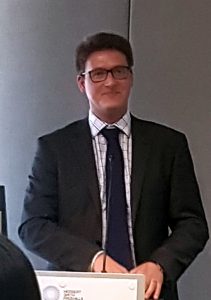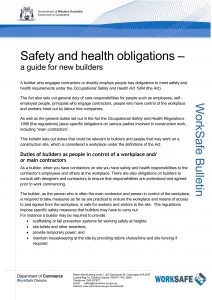
Discussion about gender in the workplace peaks each year around International Women’s Day on March 8. Occasionally there is renewed localised interest when an issue pops up but the issue of gender permeates our thoughts, our planning and our conduct all the time.
Recently, SafetyAtWorkBlog had the chance to ask some questions about gender and diversity and the relevance to the workplace and the occupational health and safety (OHS) profession to Alena Titterton (pictured above), a fascinating workplace relations lawyer with the Australian offices of Clyde & Co.
Gender diversity seems to be more prominent than diversity generally. Should gender diversity be given priority over, or be separated from, other categories such as ethnicity or sexuality?






